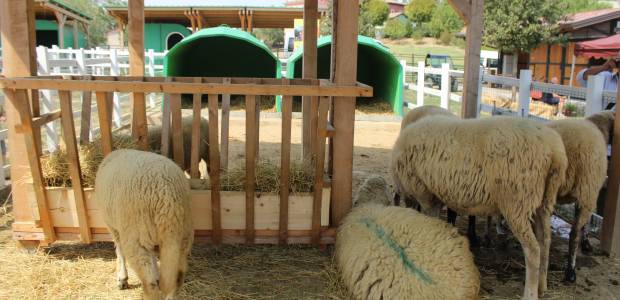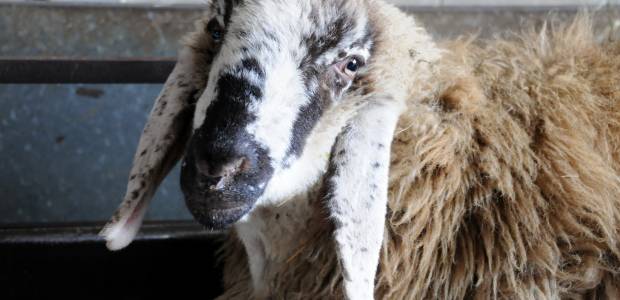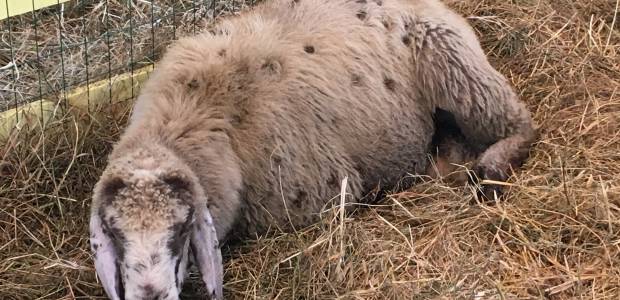Languages
Sheep of Corniglio: evolutions of a local breed
From over one hundred years it grazes in Alta Val Parma providing wool and milk
When it speaks of sheep it makes a big work to imagine her on the hills or on the mountains of the Appennino emiliano. Usually the effort demanded to the imagination it returns us to the pasture along the grasslands of Sardinia or among the colllines of Tuscany and Lazio, ready to produce the milk destined to the sublime pecorino.
However in Alta Val Parma grazes between the beech trees from more than one hundred years that that consider is a local breed: the sheep of Corniglio, from the homonym village that develops to the right of Parma stream to a distance of 46 km from the city center. Contrary to what it can be thought, the parma land has been crib of ovine breed since antiquity.
The latin poet Marco Valerio Marziale - lived in the first century of the empire - he remembers it in one of his epigrams, classifying the wools in Parma to the second place for quality after those pugliesi, famous for their finenesse. With the fall of Rome the breeding of sheep in the area of Parma they aren’t thin out, rather, the shepherds of the Appennino they don't allow to upset from the social changes in action maintaining their flocks intact. Only the begin of XVI century the tradition is interrupted, with the introduction of enormous quantities of English cotton fabrics.
The efforts of restoration of the ovine breedings in the parmense sour begin in the 800, but with rather disappointing results. They began, in fact, to introduce alien ovine typologies as the rams merinos of Spain or the Bergamasca and Padovana breed, that had to serve to improve those autochtonous. To improve the fleece of the ovine of Val Parma, Val Taro and Val Ceno was an objective of the Cattedre ambulanti of Agricultura, motive for which were stimulated and introduced on the territory rams of different breeds to reach the hoped results.
In the years '30 this variety of ovine produced an evident discrepancy, so much not to distinguish the local bred from those crossed. However, in Alta Val Parma still stood the type "Cornigliese or cow", for the great quantities of milk produced and for the abundant giogaia, today protected by the practice of the cross preserving the characteristics of it. Professor Anthony Bizzozzero in 1898 wrote on the sheep:
The sheep, more than the goat, it is an animal that our mountaineers must take care, because it represent a source of profit for their families, their products: wool, meat and milk, have notable importance for the provincial economy.
The extraordinary abilities of adaptation to the mountain of the cornigliese sheep allow her to withstand twelve months the year in the high ground, contrarily to the similar ones, that owed in the winter months - and they still owe - to be conducted in the lowland toward more favorable climates.
Today, the Cornigliese is considered an local breed, but he believes that its origins are to seek in the areas of central Italy, or that has suffered the influences of the Bergamasca, considering that numerous inhabitants of Corniglio betray natives of that geographical area.
If in antiquity the breedings of sheep on the Appennino were destined to the wool production, currently over the 50% of the ovine presents on the territory they are destined to the slaughterhouse and the production of meat.
The head is deprives of horns in both the sexes, with profile markedly as a mutton; The trunk is long, with breast and rump wide, the height is of around 95 cms in the ram and 85 cms in the sheep. The race is potentially longest coming to live over the ten years. However, despite cares and precautions, according to the FAO the Cornigliese is still considered in street of extinction seen the limited number of breeders and the relative concentration of heads.








